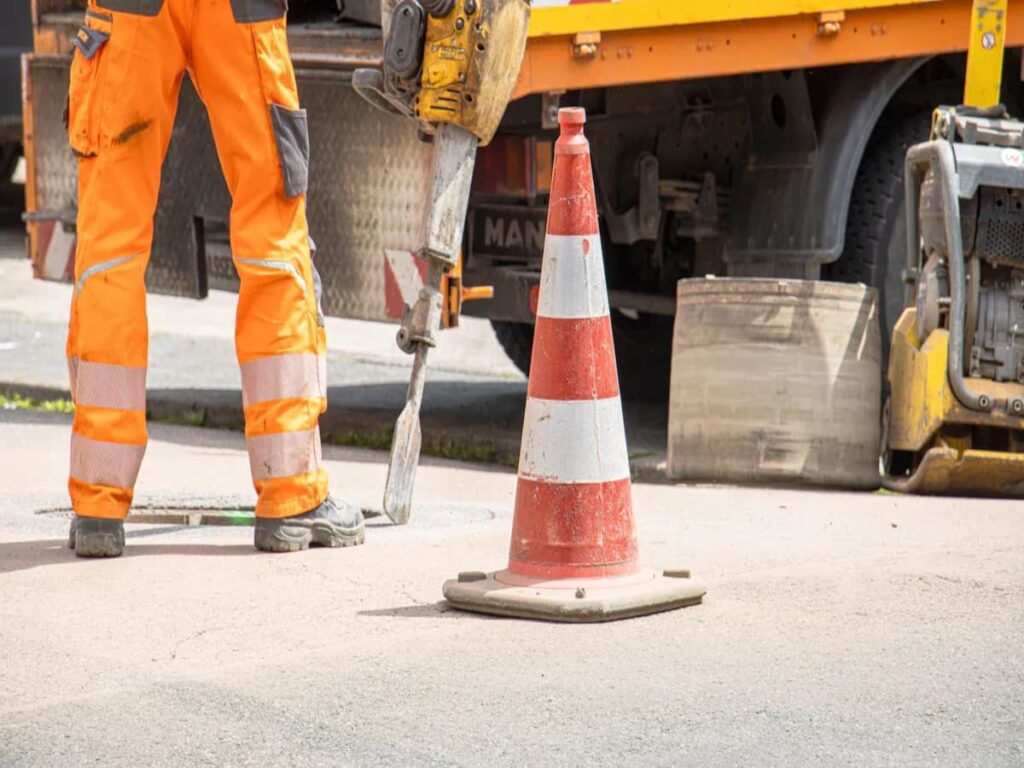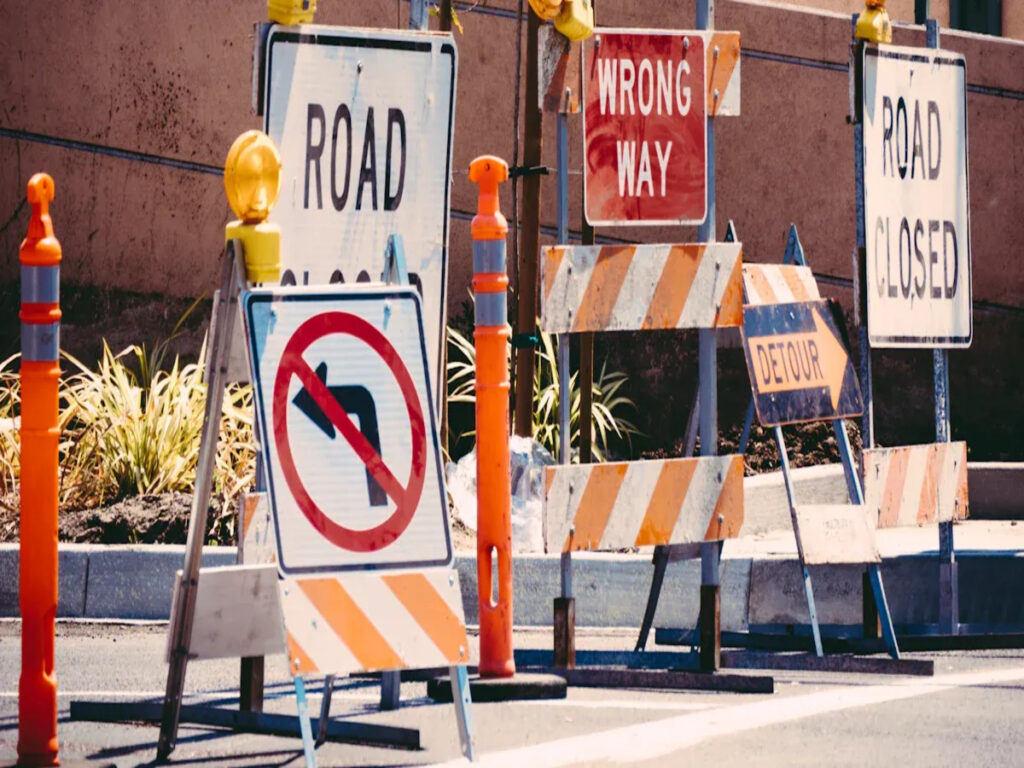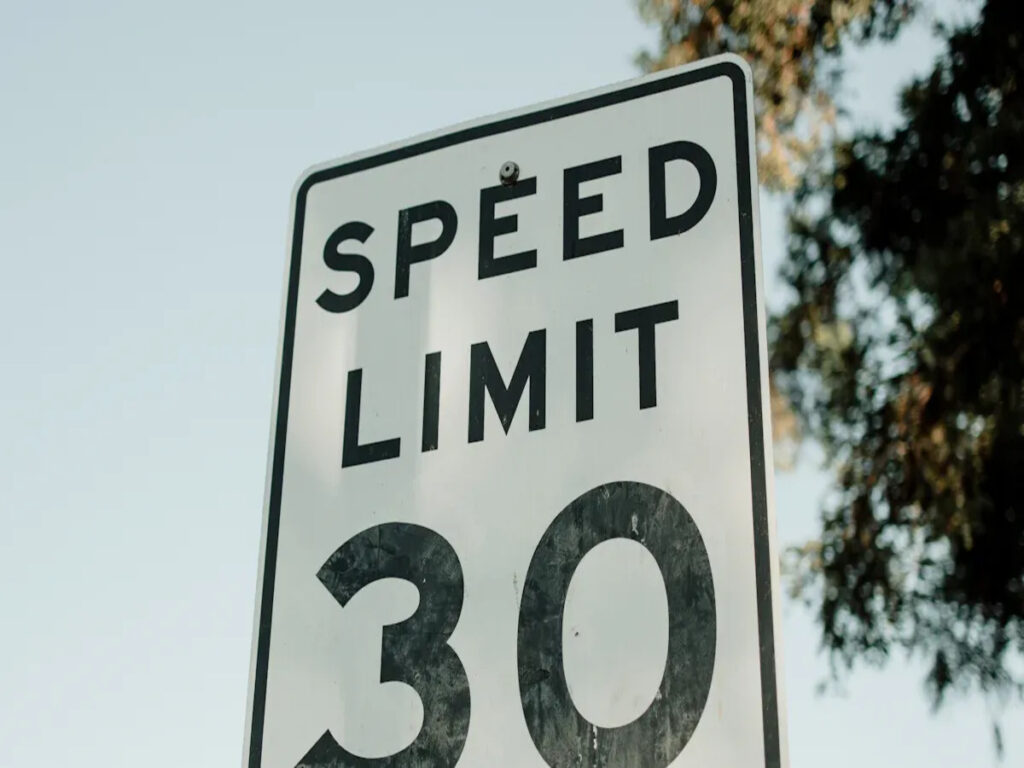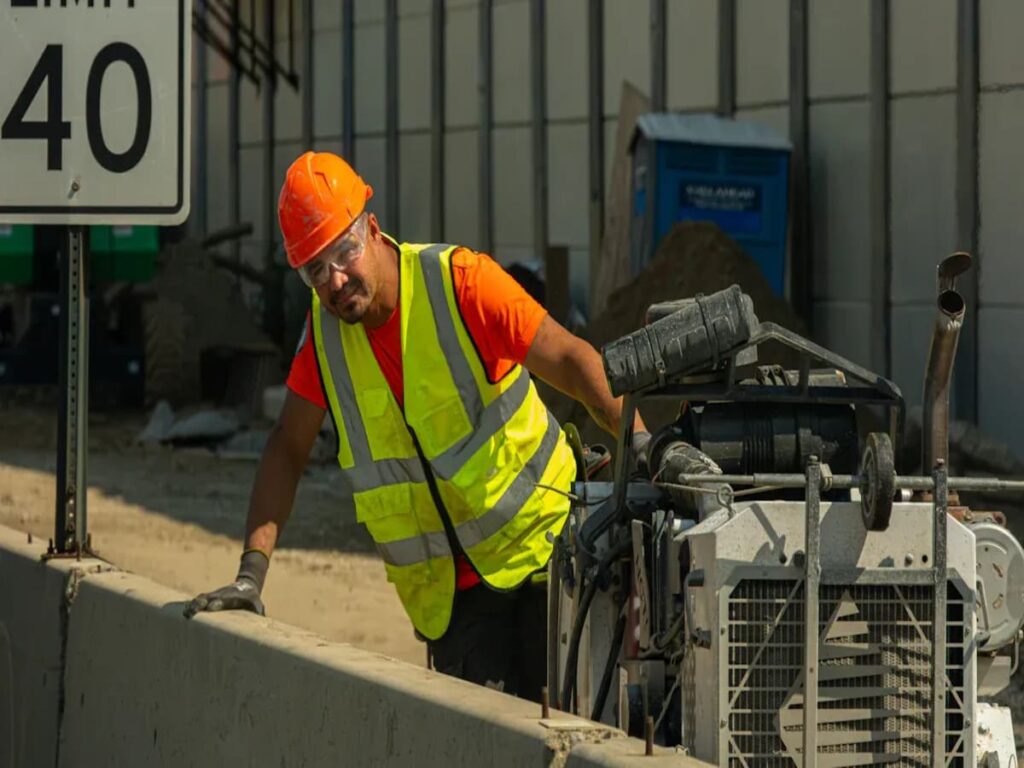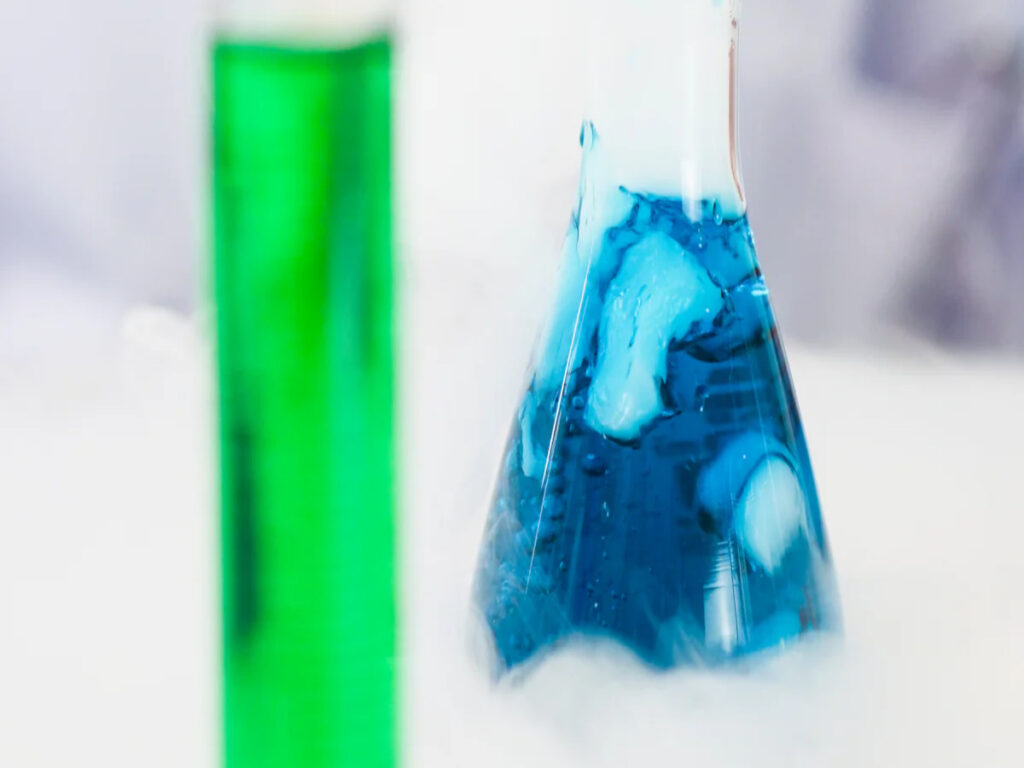
Have you ever noticed how colored cones lose their brightness over time? This fading reduces their visibility, making them less effective in guiding or warning drivers. The sun’s ultraviolet (UV) rays play a major role in this process. UV radiation interacts with the materials and pigments in the cones, breaking them down at a molecular level. Chemical reactions, such as oxidation, further weaken the structure and dull the colors. Understanding these processes helps manufacturers create more durable colored safety cones that maintain their safety features for longer periods.
Introduction to Colored Cones and Their Materials
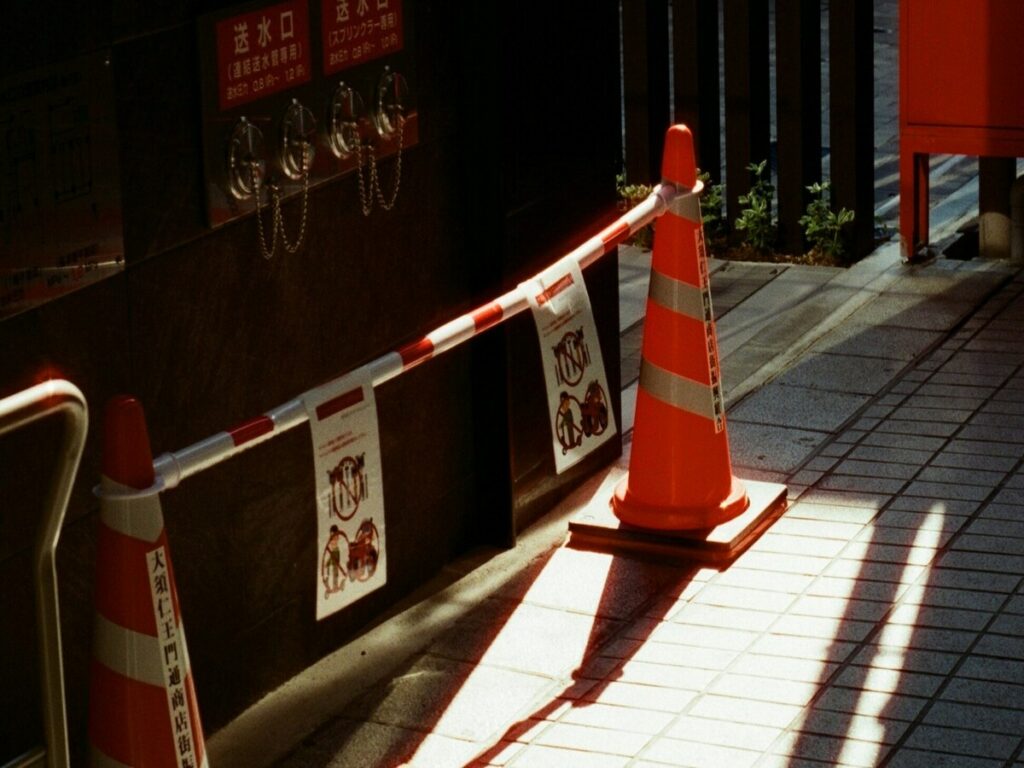
Traffic cones are essential tools for managing traffic and ensuring safety. Their effectiveness depends on their materials and the bright colors they display. Let’s explore the materials used in colored cones and why their vibrant hues are so important.
Common Materials in Traffic Cones
Polyvinyl Chloride (PVC)
PVC is one of the most popular materials for traffic cones. It offers several advantages:
- Durability: PVC withstands harsh environmental conditions, making it ideal for outdoor use.
- Flexibility: When a vehicle hits a cone, PVC bends instead of breaking, reducing damage.
- Weather Resistance: PVC resists moisture and UV rays, helping cones maintain their color and shape over time.
These properties make PVC a cost-effective choice for large-scale projects. However, its recyclability remains a challenge, though advancements in recycling technology are improving this aspect.
High-Density Polyethylene (HDPE)
HDPE is another common material used in colored cones. It is:
- Lightweight: This makes HDPE cones easy to transport and deploy.
- Impact Resistant: HDPE absorbs impacts effectively, ensuring cones retain their functionality after repeated hits.
- Eco-Friendly: Unlike PVC, HDPE is recyclable, supporting sustainable practices.
Why Bright Colors Are Essential
Visibility and Safety
Bright colors are crucial for traffic cones. Fluorescent shades like orange and lime green stand out against different road environments. These colors grab attention quickly, ensuring drivers and pedestrians notice them even in busy areas. Bright orange, in particular, offers high visibility during the day and in various weather conditions. Its vivid contrast with natural and urban backgrounds enhances safety.
Role of Pigments in Color Perception
The pigments used in colored cones are designed to maintain their brightness over time. Long-lasting fluorescent pigments ensure cones remain visible in all situations. This high visibility is vital for protecting workers and guiding traffic effectively. By using durable pigments, manufacturers ensure that colored safety cones retain their vibrant appearance, even after prolonged exposure to sunlight.
UV Degradation and Its Effects
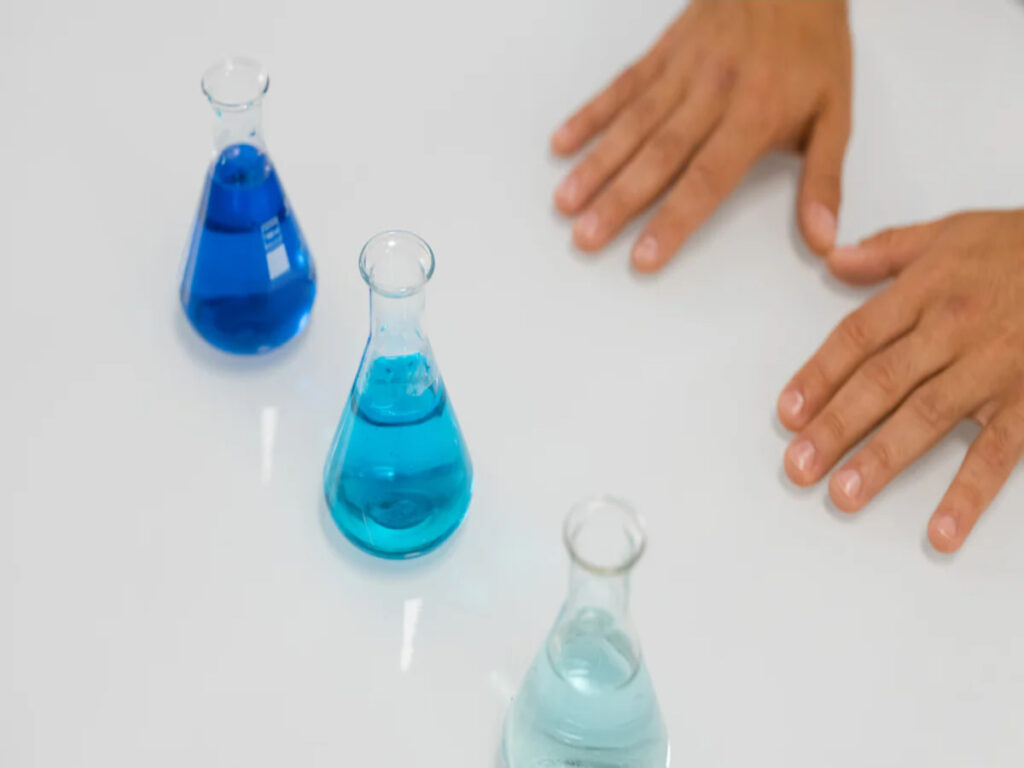
What Is UV Radiation?
Types of UV Rays (UVA, UVB, UVC)
UV radiation is a form of energy emitted by the sun. It is invisible to the human eye but has significant effects on materials exposed to it. UV rays are classified into three types based on their wavelengths:
- UVA: These rays have the longest wavelength and penetrate deep into materials. They contribute to gradual wear and fading.
- UVB: With a shorter wavelength, UVB rays are more energetic. They cause significant damage to the surface of materials, including traffic cones.
- UVC: These rays have the shortest wavelength and the highest energy. However, the Earth’s atmosphere absorbs most UVC radiation, so it rarely affects materials directly.
Interaction of UV Rays with Cone Materials
When UV rays strike traffic cones, they interact with the polymers and pigments in the material. This interaction triggers a process called photodegradation. UV radiation breaks the chemical bonds in the polymers, weakening the material’s structure. Pigments also absorb UV energy, which alters their molecular composition and causes fading. Over time, these effects reduce the cone’s visibility and durability.
How UV Degradation Affects Colored Cones
Breakdown of Polymers
UV degradation causes a phenomenon known as chain scission. This process breaks long polymer chains into shorter ones, reducing the material’s molecular weight. As a result, the cone’s physical properties, such as strength and flexibility, deteriorate. You may notice cracks or brittleness in cones exposed to sunlight for extended periods. Oxidation and hydrolysis further accelerate this breakdown, especially when oxygen or water reacts with the polymer surface.
Fading of Pigments and Dyes
Photodegradation also impacts the pigments and dyes that give traffic cones their bright colors. UV radiation disrupts the chemical bonds in these pigments, leading to a loss of vibrancy. Over time, the colored safety cones appear dull and less noticeable. This aesthetic change not only affects their appearance but also compromises their ability to grab attention. The formation of free radicals during UV exposure exacerbates this fading, as these reactive molecules cause additional damage to the pigments.
UV degradation and photodegradation are inevitable processes for traffic cones exposed to sunlight. However, understanding these effects helps manufacturers develop materials that resist fading and maintain their functionality.
Chemical Reactions Behind Fading
Oxidation and Its Impact
Role of Oxygen in Material Degradation
Oxygen plays a critical role in the fading of traffic cones. When oxygen interacts with the materials in colored safety cones, it triggers oxidation. This process alters the chemical structure of the polymers, leading to the degradation of anthocyanins and other pigments. Oxidation weakens the bonds within the material, making it more susceptible to environmental damage. Over time, this reaction causes the colored safety cones to lose their vibrant colors and structural integrity.
Effects on Strength and Color
Oxidation doesn’t just affect the color of traffic cones; it also impacts their strength. As oxygen reacts with the polymers, it creates carbonyl groups that weaken the material. This results in cracks, brittleness, and a dull appearance. The degradation of anthocyanins further accelerates this process, as these pigments are particularly sensitive to oxidative reactions. You’ll notice that cones exposed to oxygen-rich environments fade faster and become less durable.
Photodegradation and Free Radicals
UV Light Breaking Chemical Bonds
When UV light hits traffic cones, it breaks the chemical bonds in the polymers and pigments. This process, known as photodegradation, initiates a chain reaction that damages the material. UV rays target tertiary carbon bonds in synthetic polymers like PVC and HDPE. This interaction leads to the formation of unstable fragments, which further degrade the material. The degradation of anthocyanins is a key example of how UV light disrupts the molecular structure of pigments.
Formation and Effects of Free Radicals
Free radicals are highly reactive molecules that form during photodegradation. These radicals react with oxygen to produce carbonyl groups, which cause discoloration and cracking. Hydroxyl radicals, created from water and ozone, also contribute to the degradation of anthocyanins and other organic compounds. The presence of free radicals accelerates fading, making traffic cones less effective over time.
Role of Antioxidants in Mitigating Fading
How Antioxidants Slow Oxidation
Antioxidants play a vital role in protecting traffic cones from fading. These compounds neutralize free radicals, preventing them from reacting with oxygen. By slowing down oxidation, antioxidants help maintain the strength and color of the colored safety cones. They also reduce the degradation of anthocyanins, ensuring the colored safety cones remain vibrant and durable.
Examples of Antioxidants in Traffic Cone Materials
Manufacturers use various antioxidants to enhance the longevity of traffic cones. Common examples include hindered amine light stabilizers (HALS) and phenolic antioxidants. These additives protect the polymers and pigments from UV-induced damage. By incorporating antioxidants into the material, you can extend the lifespan of traffic cones and reduce the effects of fading.
Understanding the chemical reactions behind fading helps you appreciate the importance of antioxidants and UV-resistant materials. These innovations ensure traffic cones remain effective in maintaining safety and visibility.
Environmental and Material-Specific Factors
Environmental Accelerators of Fading
Sunlight Intensity and Duration
The intensity and duration of sunlight directly affect how quickly traffic cones fade. Areas with high levels of uv exposure, such as deserts or tropical regions, experience faster fading. Prolonged sunlight weakens the polymers in the cone material and breaks down the pigments. This process, known as accelerated uv ageing, reduces the cone’s visibility and durability. You might notice colored safety cones in sunny regions lose their brightness much faster than those in shaded or less sunny areas.
Temperature, Humidity, and Pollution
Environmental conditions like temperature, humidity, and pollution also play a role in cone fading. High temperatures speed up chemical reactions, including oxidation and photodegradation. Humidity introduces moisture, which reacts with the cone material and accelerates uv ageing. Pollution adds another layer of stress. Pollutants in the air, such as ozone and particulates, interact with the cone’s surface, making it more vulnerable to uv exposure. Together, these factors create a harsh environment that accelerates fading.
Material-Specific Fading Rates
Comparison of PVC and HDPE
PVC and HDPE cones fade at different rates due to their unique properties. PVC cones resist uv exposure better because of their dense molecular structure. However, they can become brittle over time. HDPE cones, while more flexible, tend to fade faster under uv exposure. This happens because HDPE absorbs more UV energy, leading to quicker pigment breakdown. You’ll often see HDPE cones losing their color sooner in areas with intense sunlight.
| Material | UV Resistance | Fading Rate |
|---|---|---|
| PVC | High | Slower |
| HDPE | Moderate | Faster |
Use of UV-Stabilizers in Materials
Manufacturers use UV-stabilizers to combat the effects of uv exposure and accelerated uv ageing. These additives absorb or block UV rays, protecting the polymers and pigments in the cone material. PVC cones often include stabilizers that enhance their resistance to sunlight. HDPE cones also benefit from stabilizers, though their effectiveness depends on the concentration and type used. By incorporating UV-stabilizers, you can significantly extend the lifespan of traffic cones, even in harsh environments.
Environmental factors and material composition both influence how quickly traffic cones fade. Understanding these variables helps you choose the right colored safety cones for specific conditions.
OPTsigns traffic cones are designed to resist fading, even in harsh environmental conditions. Made with UV-resistant materials, they maintain their vibrant color and visibility over time. This ensures that colored traffic cones continue to provide reliable safety and clear guidance, regardless of exposure to the sun, rain, or extreme temperatures.
Mitigation Strategies for UV Degradation
UV-Resistant Materials and Coatings
Additives to Enhance UV Resistance
You can enhance the durability of traffic cones by using additives that improve UV resistance. These additives, such as UV absorbers and hindered amine light stabilizers (HALS), protect the polymers from uv-induced degradation. They absorb harmful UV rays, preventing them from breaking down the molecular structure of the material. This process slows the photo-degradation of pigments and polymers, ensuring the colored traffic cones retain their vibrant colors and structural integrity.
- PVC cones benefit greatly from these additives.
- They resist moisture and UV rays, maintaining their bright orange color even under harsh sunlight.
- HDPE cones also gain improved longevity when treated with UV-stabilizing additives.
Development of Advanced Polymers
Advanced polymers play a key role in the prevention of UV degradation. Manufacturers now develop polymers with built-in UV stabilization properties. These materials resist photo-degradation more effectively than traditional options. For example, modified PVC and HDPE formulations include stabilizers that protect against UV exposure. This innovation ensures the stabilization of anthocyanins and other pigments, keeping traffic cones functional and visible for longer periods.
UV-resistant coatings shield traffic cones from harmful ultraviolet rays. They prevent fading and degradation, ensuring the colored traffic cones remain effective even after prolonged sunlight exposure.
Protective Coatings and Treatments
UV-Blocking Coatings
UV-blocking coatings provide an additional layer of protection for traffic cones. These coatings reflect or absorb UV rays, reducing their impact on the underlying polymers. By applying these coatings, you can significantly slow the photo-degradation process. This prevention method ensures the colored traffic cones maintain their bright colors and visibility over time.
Anti-Oxidation Treatments
Anti-oxidation treatments further enhance the lifespan of traffic cones. These treatments neutralize free radicals, which form during UV exposure and accelerate material degradation. By incorporating antioxidants into the cone material, you can reduce the effects of oxidation. This approach supports the stabilization of anthocyanins, preserving both the strength and color of the cones.
Design Innovations for Longevity
Reflective Elements for Visibility
Reflective elements improve the visibility of traffic cones, especially in low-light conditions. These materials bounce light back toward its source, making the colored traffic cones easier to spot from a distance. High-reflectivity materials enhance safety during adverse weather conditions, ensuring drivers notice the colored traffic cones quickly.
Multi-Layered Material Designs
Multi-layered designs combine different materials to maximize durability and UV stabilization. For instance, an outer layer with UV-resistant coatings protects the inner layers from photo-degradation. This layered approach ensures the prevention of UV degradation while maintaining the cone’s flexibility and strength.
Reflective materials and multi-layered designs ensure colored traffic cones remain effective in all conditions. These innovations enhance safety and extend the lifespan of the colored traffic cones.
Case Studies and Real-World Examples
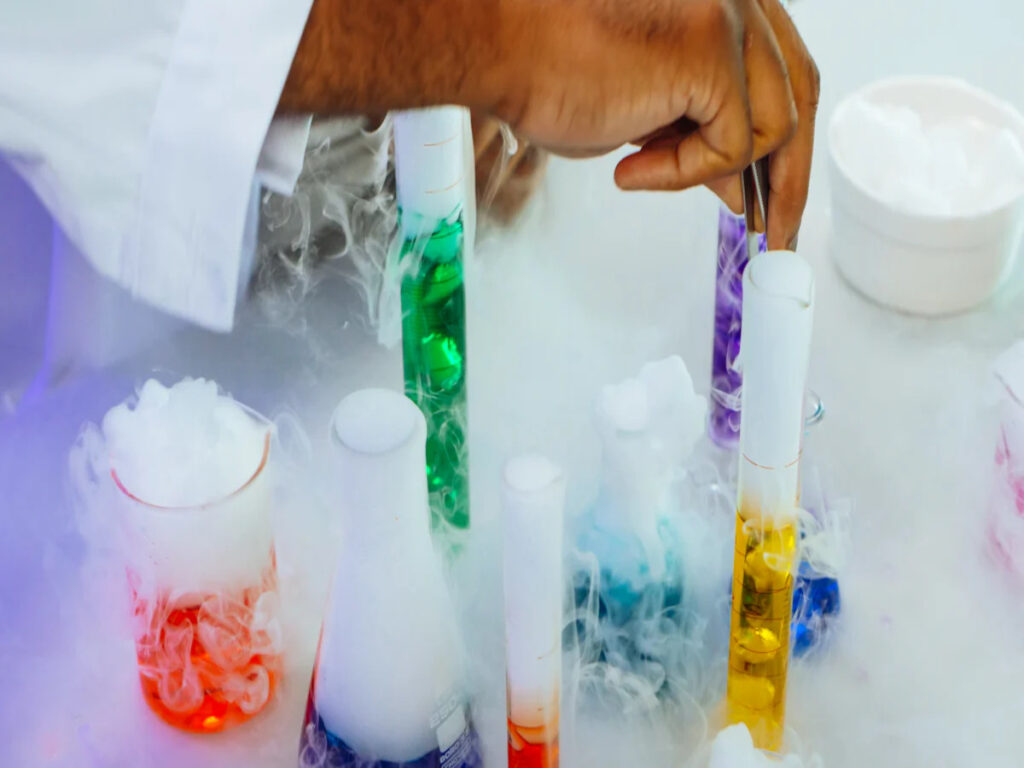
Observations of Fading in High-UV Regions
Examples from Coastal and High-Altitude Areas
You might notice traffic cones in coastal and high-altitude areas fade faster than those in other regions. Coastal areas expose colored traffic cones to intense sunlight and salty air, which accelerates uv-induced ageing. The combination of UV radiation and salt particles weakens the material and causes rapid color change. High-altitude regions, on the other hand, receive stronger UV rays due to thinner atmospheric layers. This increased exposure leads to faster degradation of pigments and polymers.
For example, colored traffic cones used near beaches often lose their bright orange hue within months. Similarly, cones placed on mountain roads show significant fading after a single season. These observations highlight how environmental factors amplify the effects of ageing on traffic cones.
Comparison of Old vs. New Traffic Cones
Comparing old and new traffic cones reveals the stark impact of uv-induced ageing. New cones display vibrant colors that enhance visibility and safety. Their pigments remain stable, ensuring effective color vision for drivers and pedestrians. Old cones, however, show noticeable color change. Their faded appearance reduces visibility, making them less effective in guiding traffic.
You can often see this difference in construction zones where older cones appear dull and cracked. New colored traffic cones, with better co-pigmentation and UV-resistant materials, maintain their color stability for longer periods. This comparison underscores the importance of using advanced materials to combat the effects of ageing.
New OPTsigns traffic cones are built with durable materials that help maintain their bright color and integrity over time. With improved design and higher-quality construction, these colored traffic cones resist fading and cracking, ensuring long-lasting visibility. This makes them an ideal choice for high-traffic areas and construction zones, where clear safety markers are essential.
Success Stories in Mitigation
UV-Resistant Traffic Cones in Action
Manufacturers have developed UV-resistant traffic cones that perform well in harsh environments. These colored traffic cones use advanced co-pigmentation techniques to enhance color stability. For instance, colored traffic cones deployed in desert regions retain their brightness despite prolonged UV exposure. Their materials resist degradation, ensuring they remain functional and visible.
In urban areas, UV-resistant cones have proven effective in maintaining safety. Their vibrant colors and durable design withstand the challenges of pollution and sunlight. These success stories demonstrate how innovation can mitigate the effects of ageing and improve traffic cone performance.
Innovations in Material Science
Material science has revolutionized the fight against uv-induced ageing. Researchers have introduced co-pigmentation methods that stabilize pigments and prevent color change. These techniques involve combining pigments with stabilizing agents to enhance their resistance to UV radiation.
For example, traffic cones made with modified polymers show remarkable durability. Their materials resist degradation, ensuring long-lasting performance. These innovations not only improve color vision but also extend the lifespan of traffic cones. By adopting these advancements, you can ensure safer and more reliable traffic management solutions.
Understanding the science behind traffic cone fading reveals its significant impact on safety. You rely on cones to provide clear, visible markers, especially in challenging conditions like fog or low light. Bright colors and reflective materials enhance color perception, ensuring drivers notice colored traffic cones from a distance. However, prolonged exposure to UV damage mechanisms, such as photodegradation and oxidation, leads to the fading of colors and reduced visibility. This compromises their effectiveness in guiding traffic and marking hazards.
To combat these challenges, manufacturers use UV-absorbing additives and materials with strong antioxidant activity. These innovations slow degradation and preserve the colored traffic cones’ structural integrity. Future advancements focus on eco-friendly materials, smart technologies like LED lighting, and improved reflective designs. These developments aim to enhance durability and visibility while reducing environmental impact. By adopting these strategies, you can ensure traffic cones remain reliable tools for safety in all conditions.


